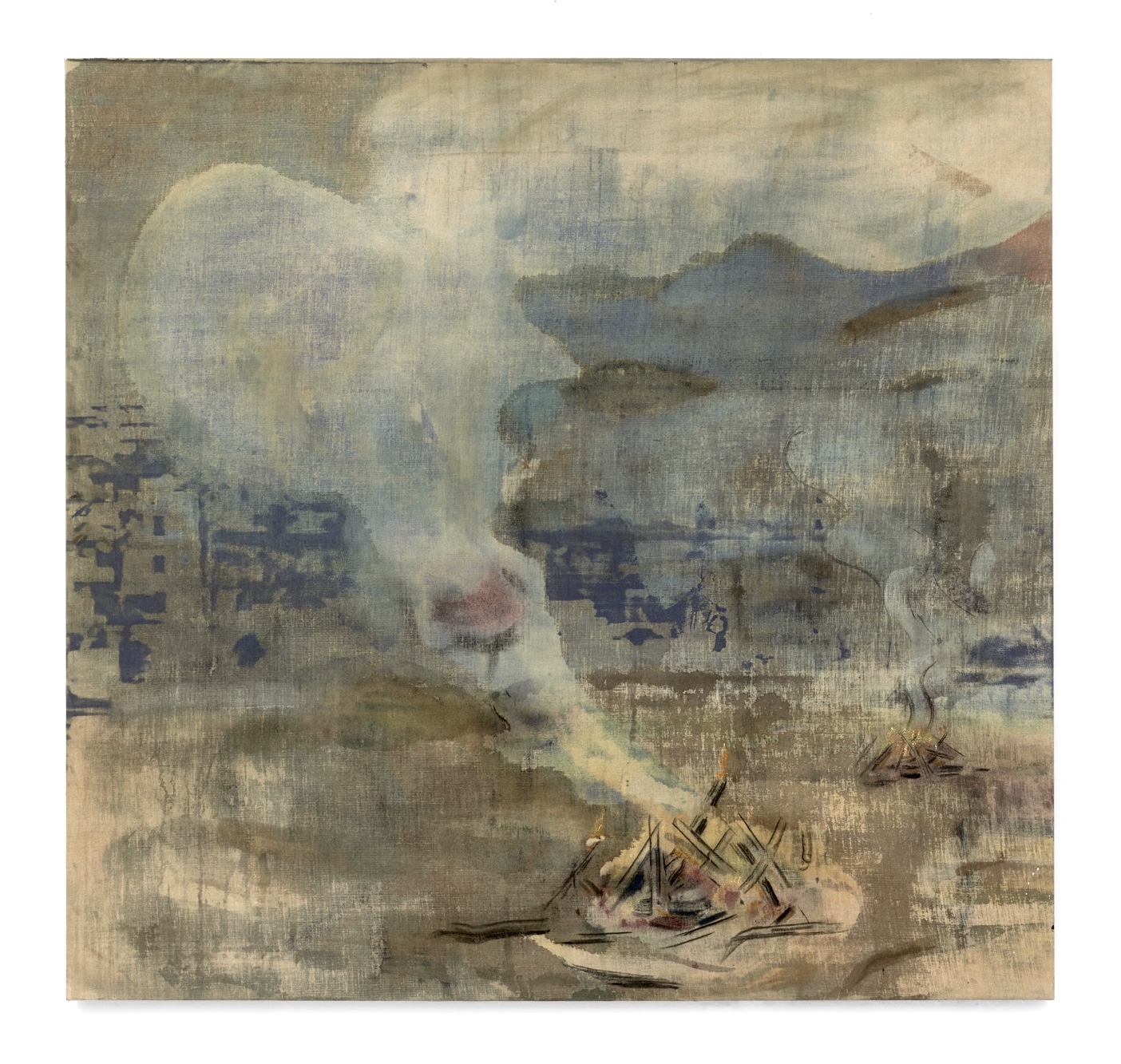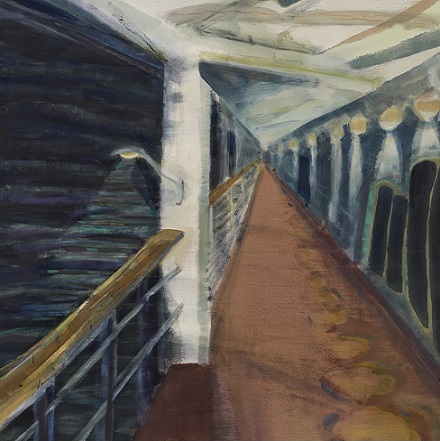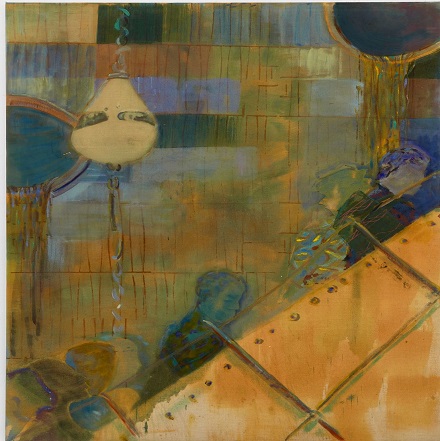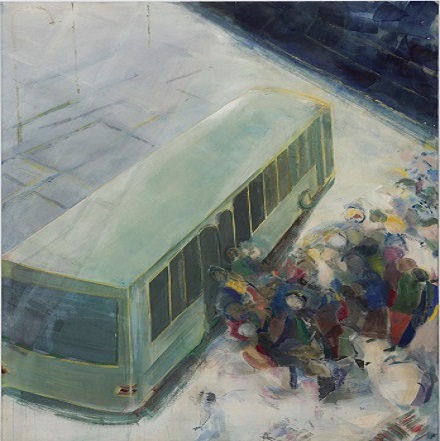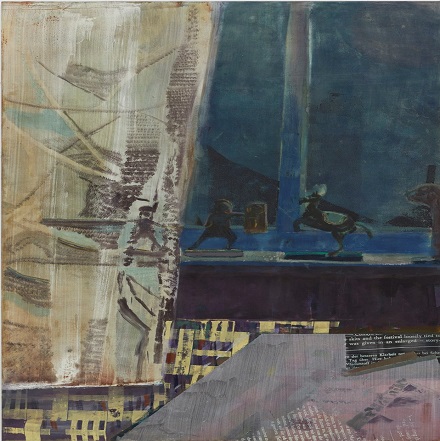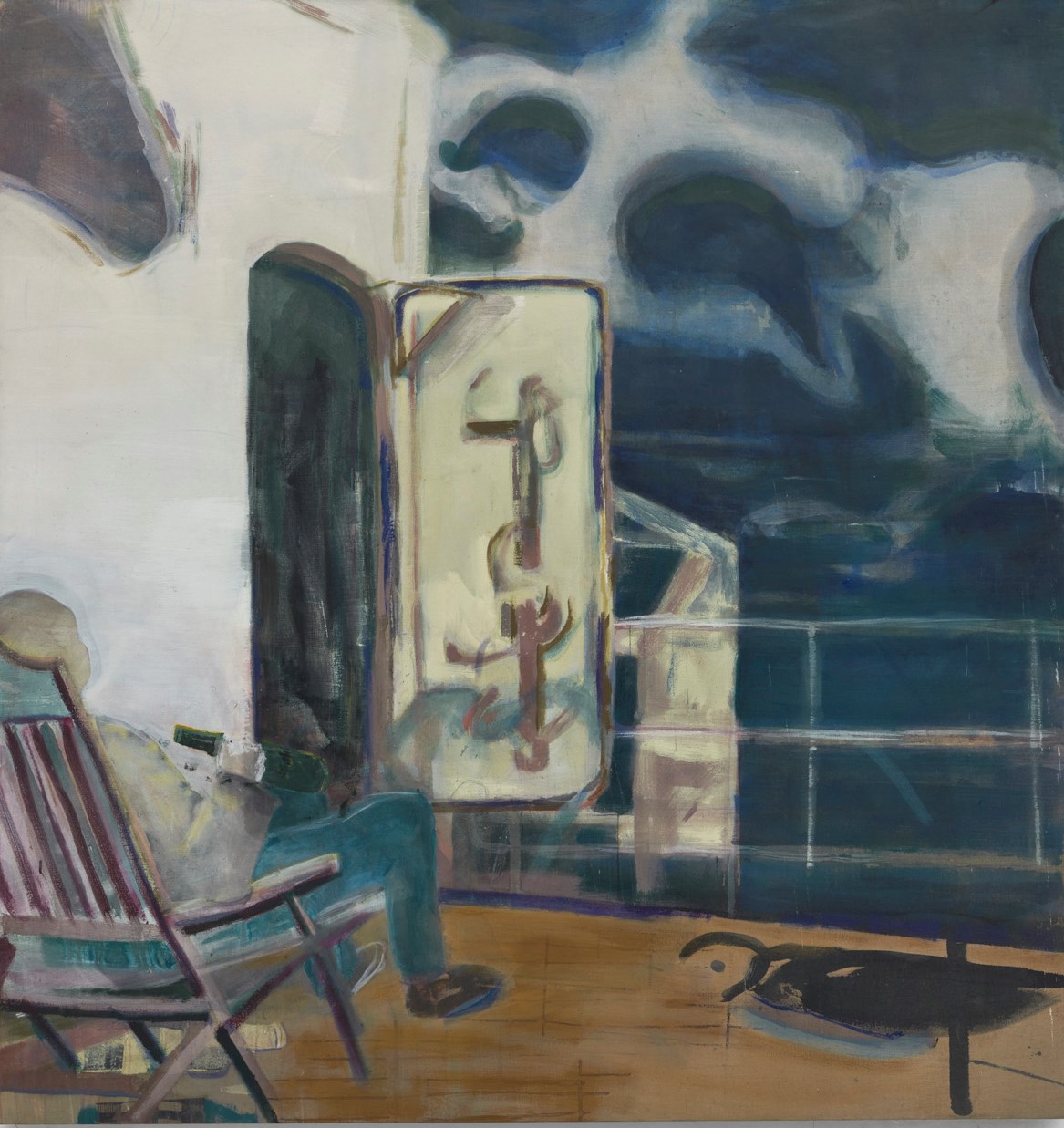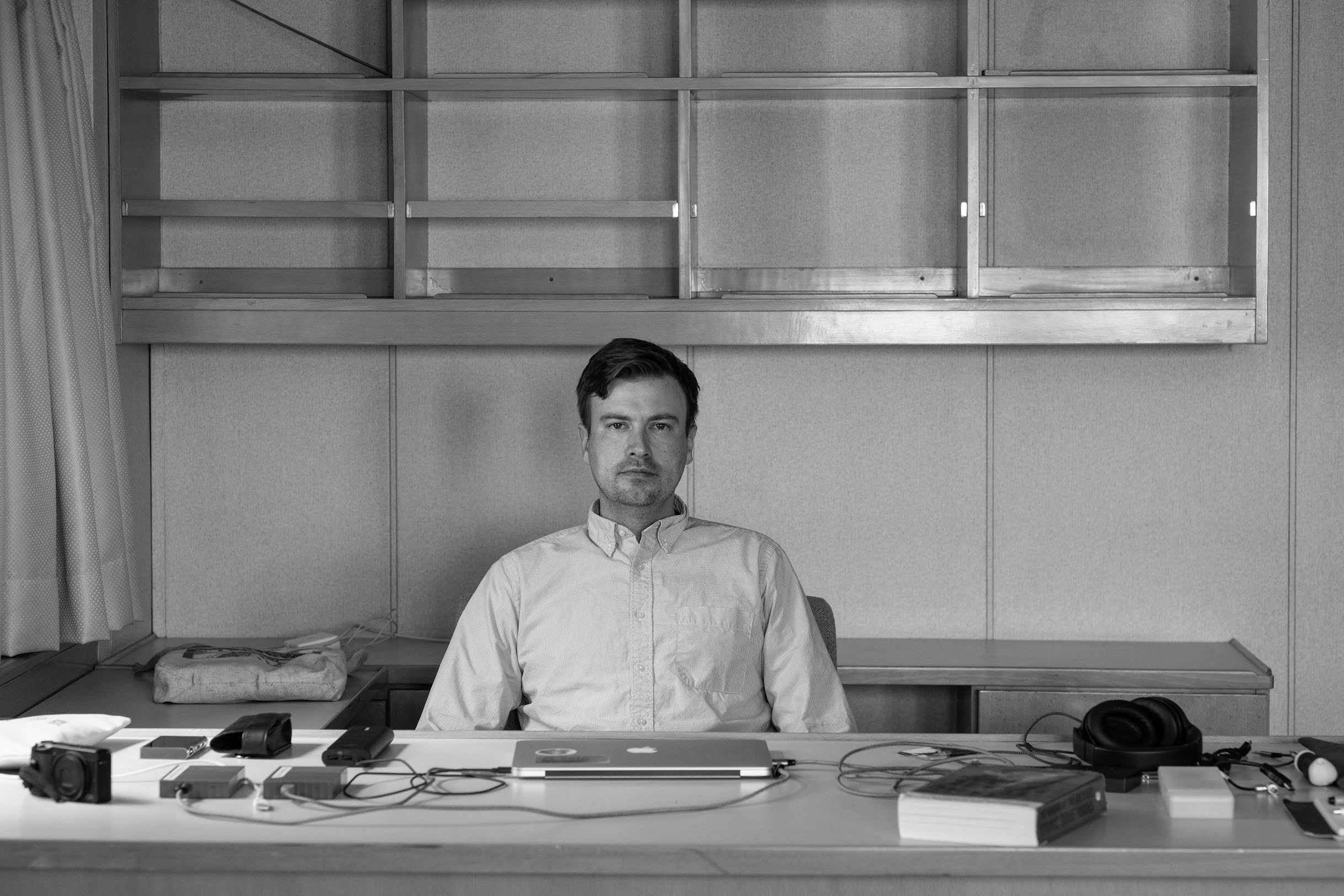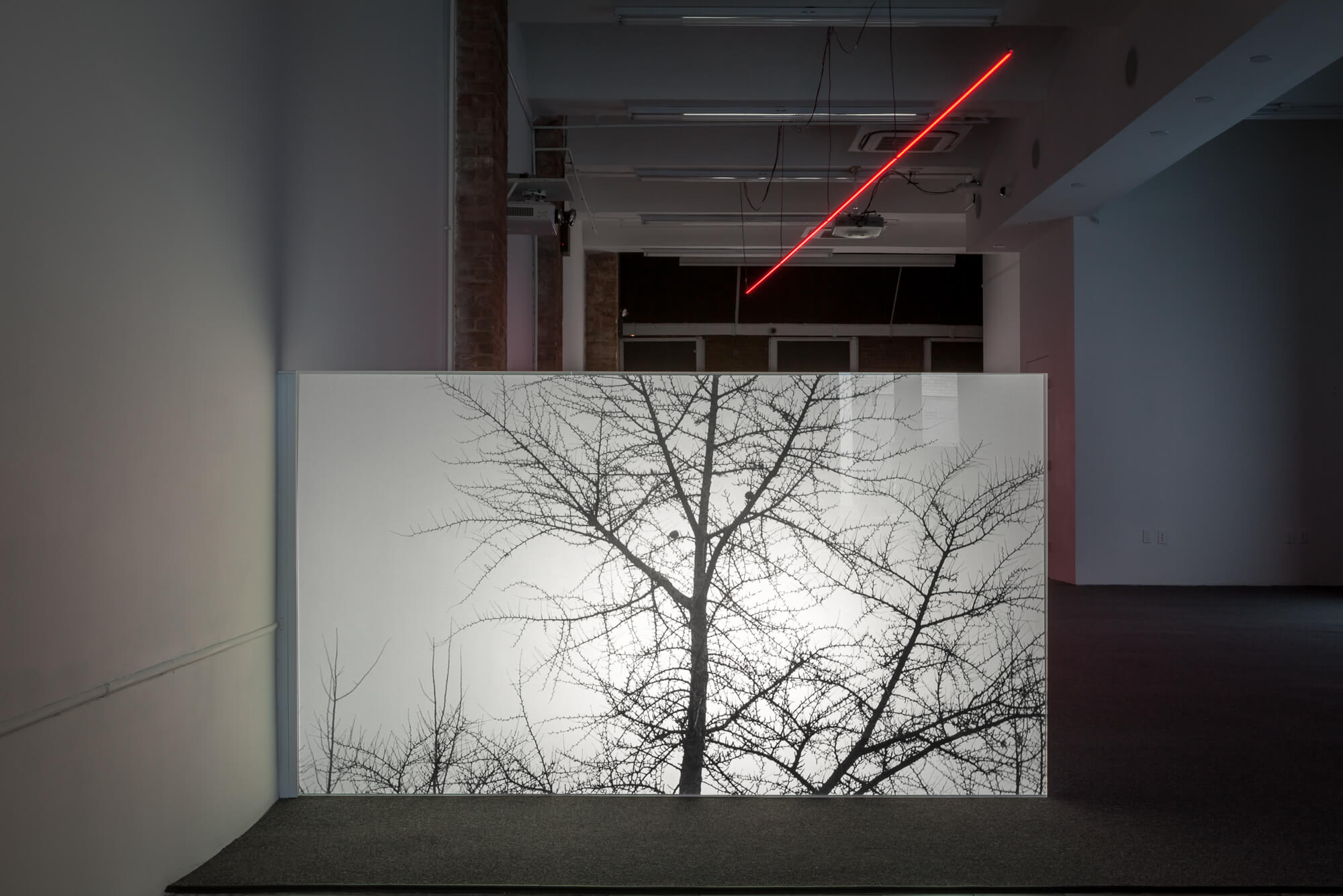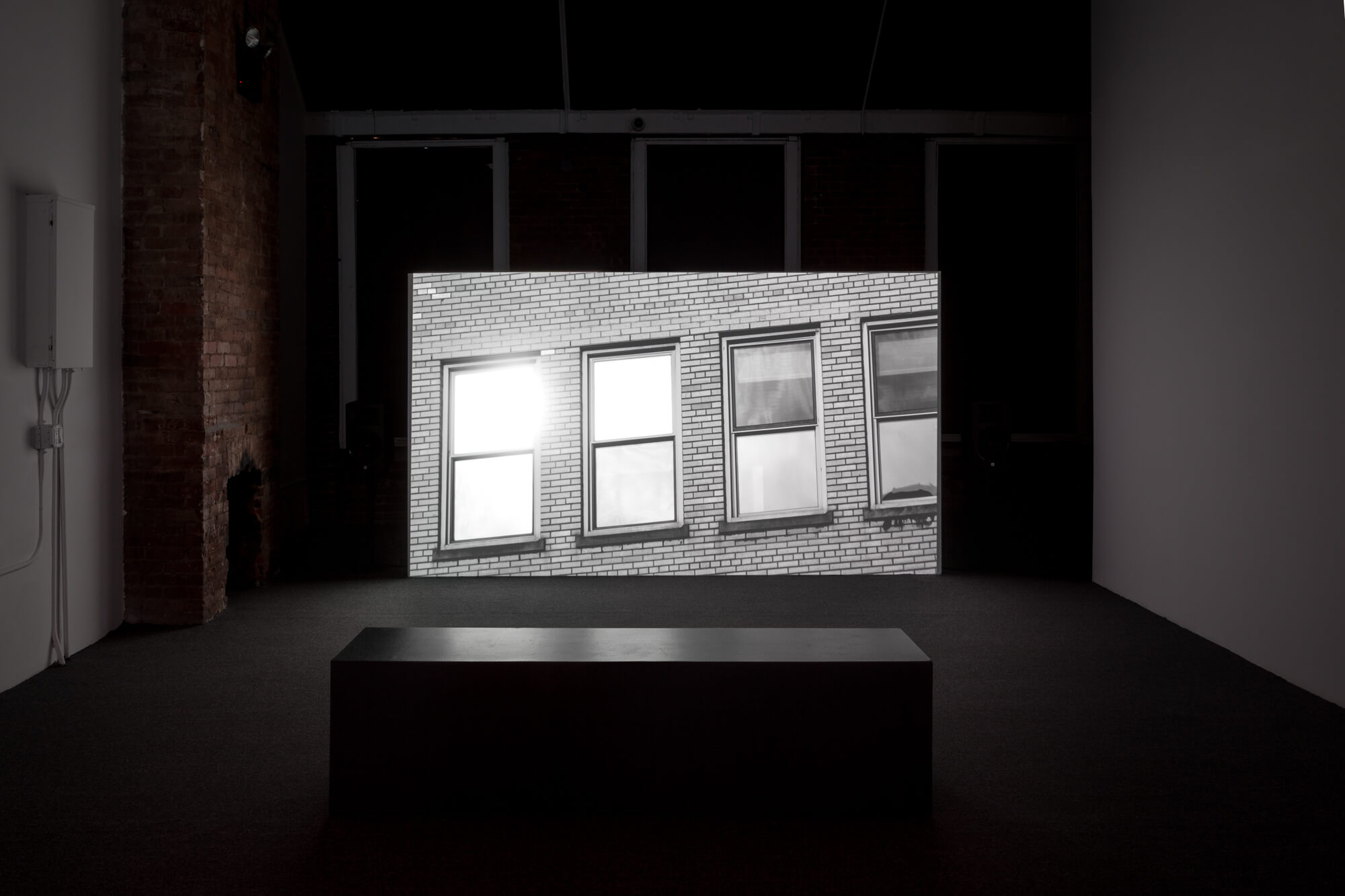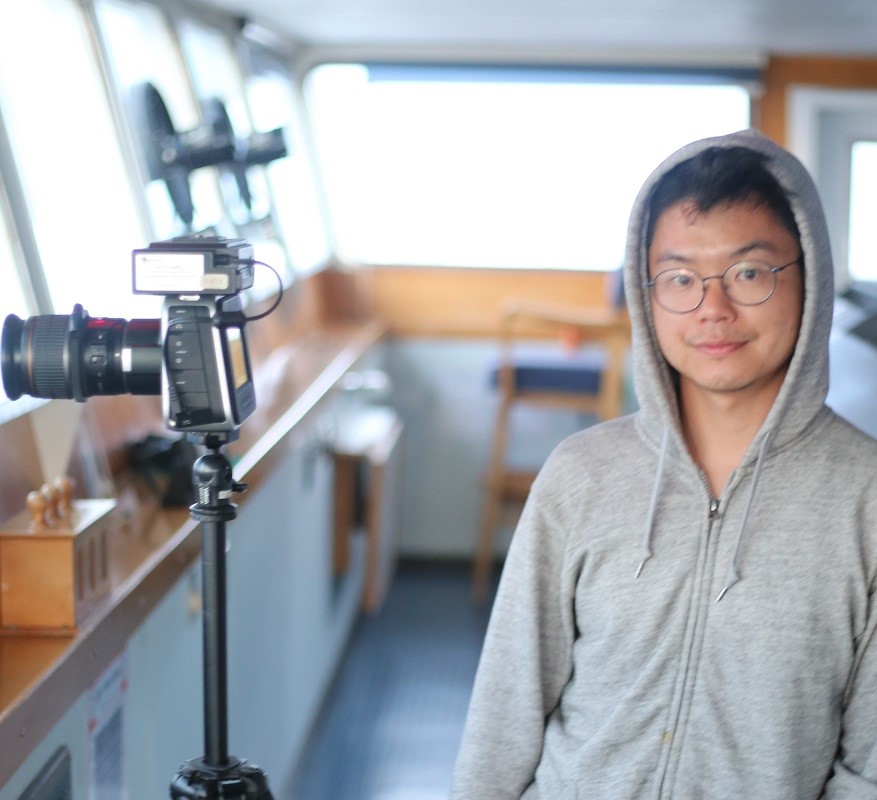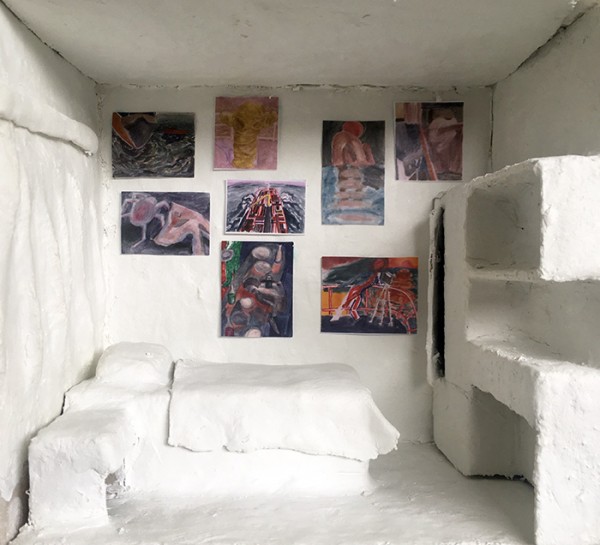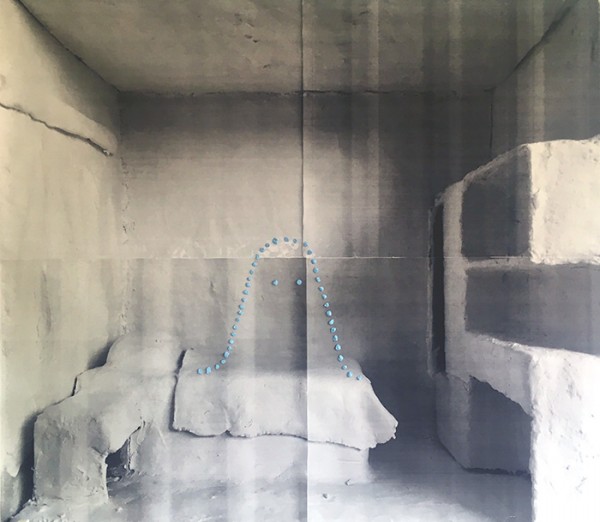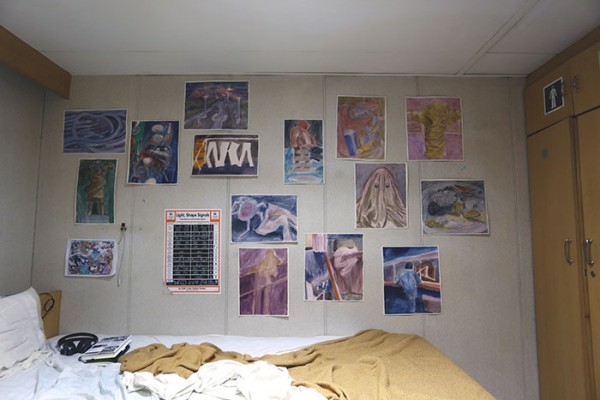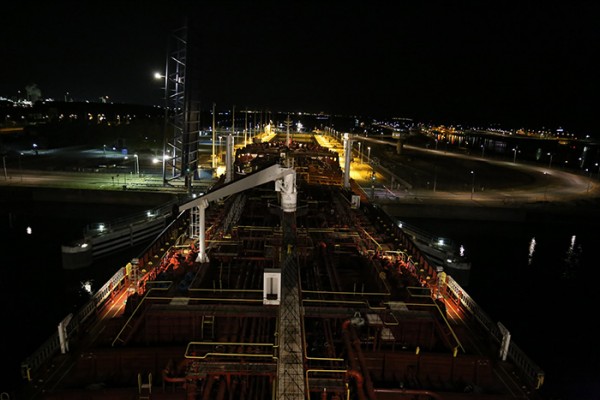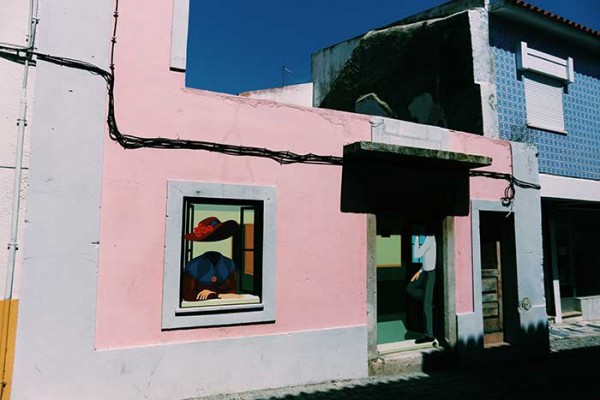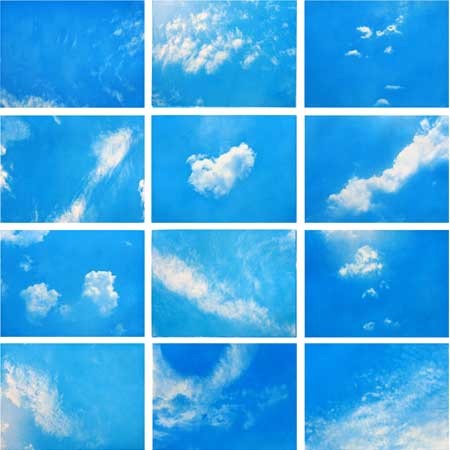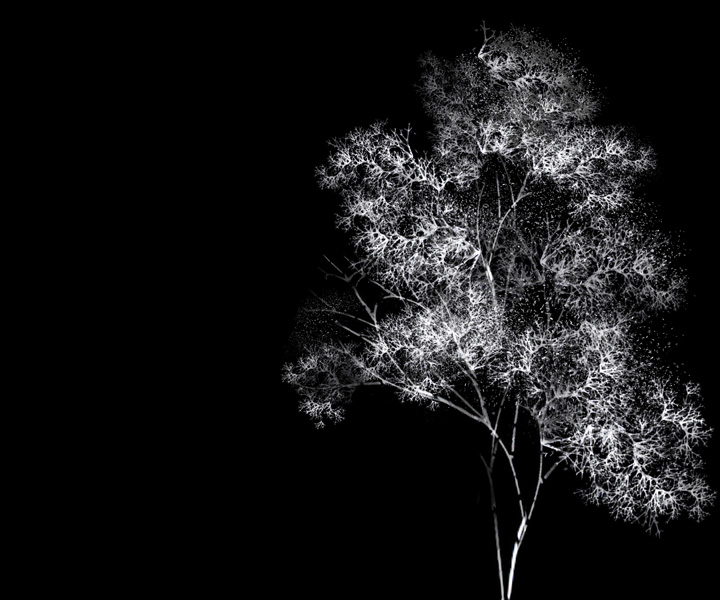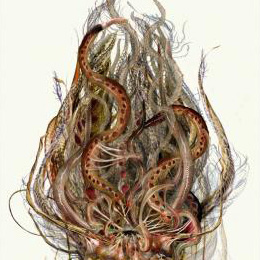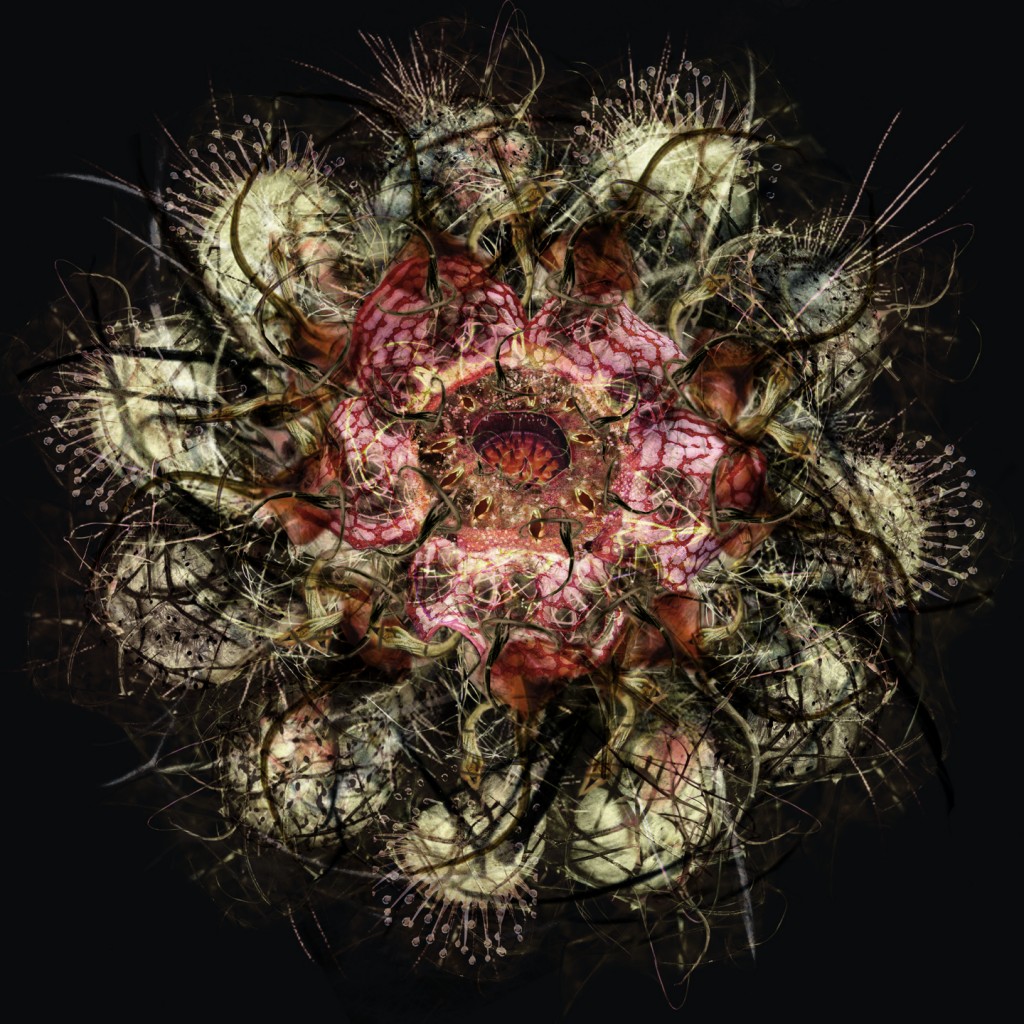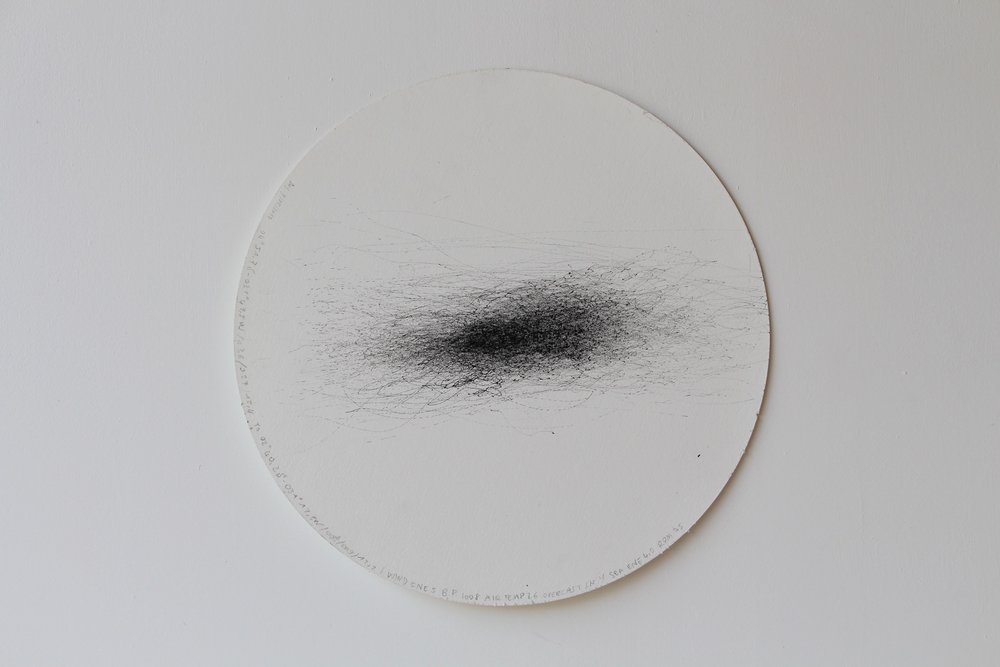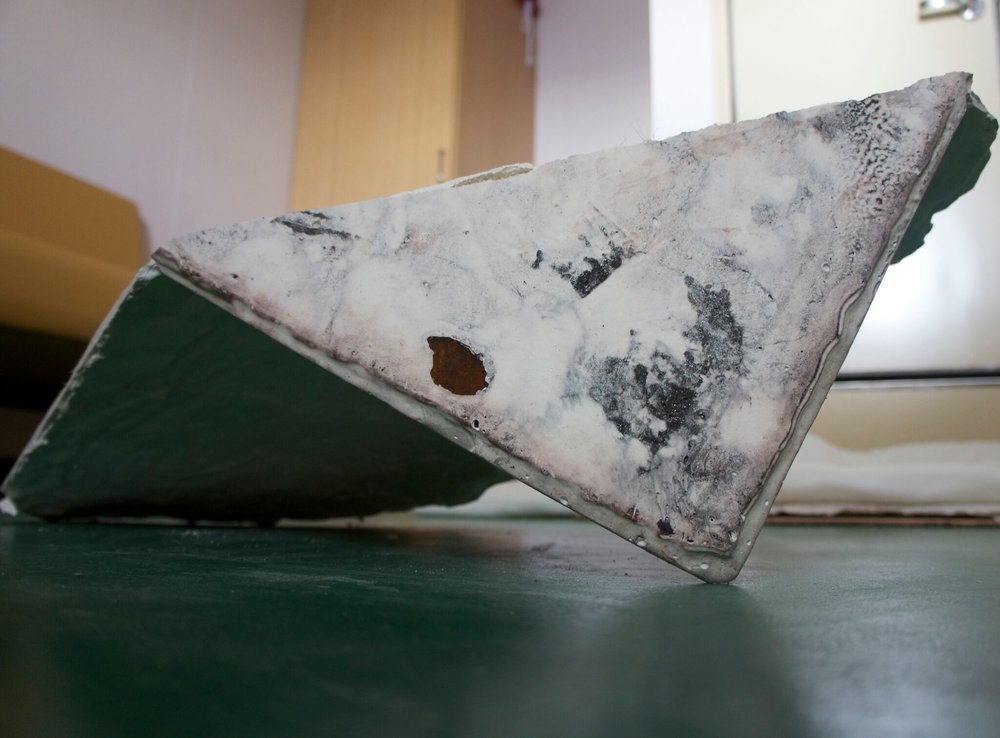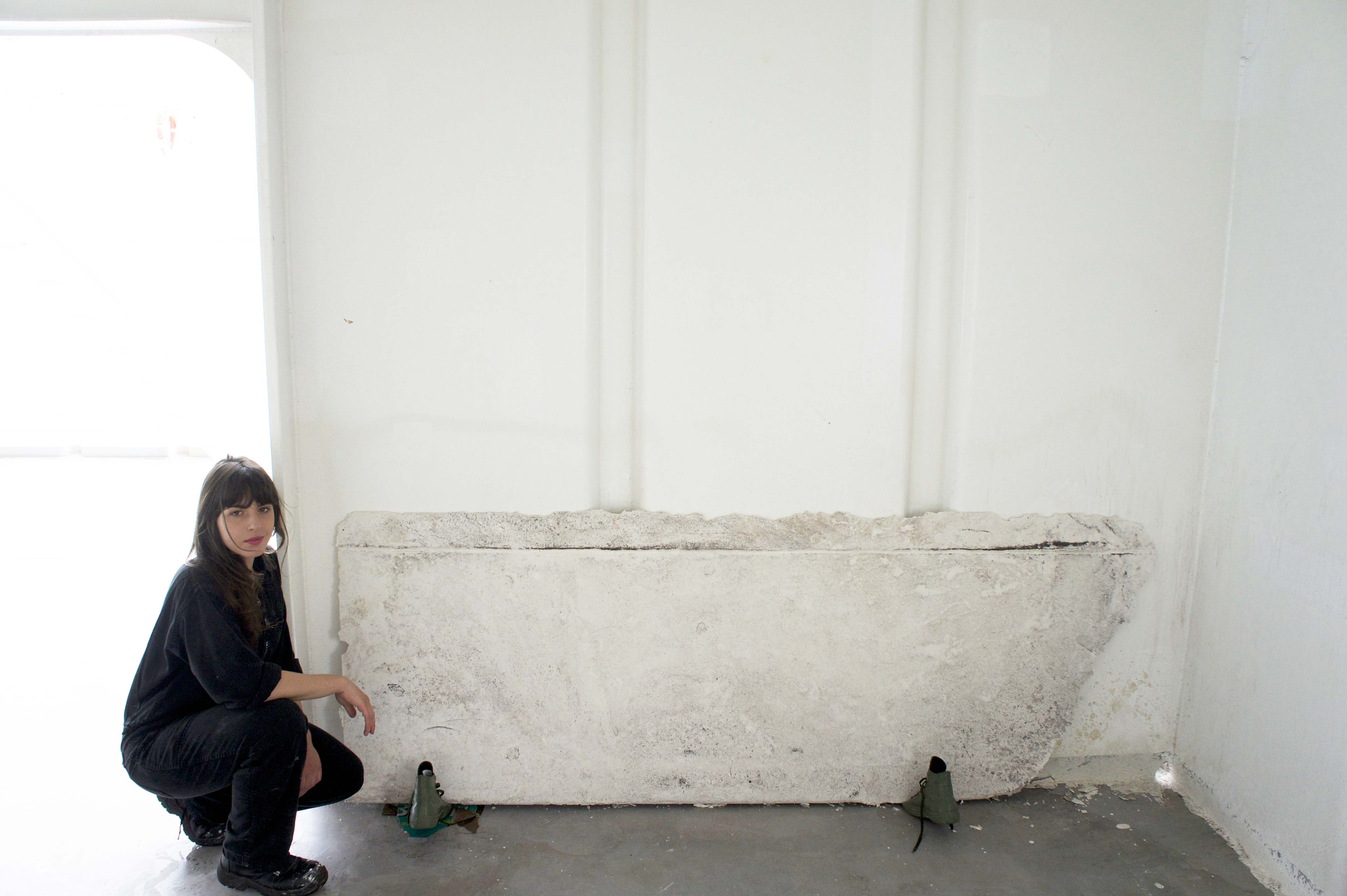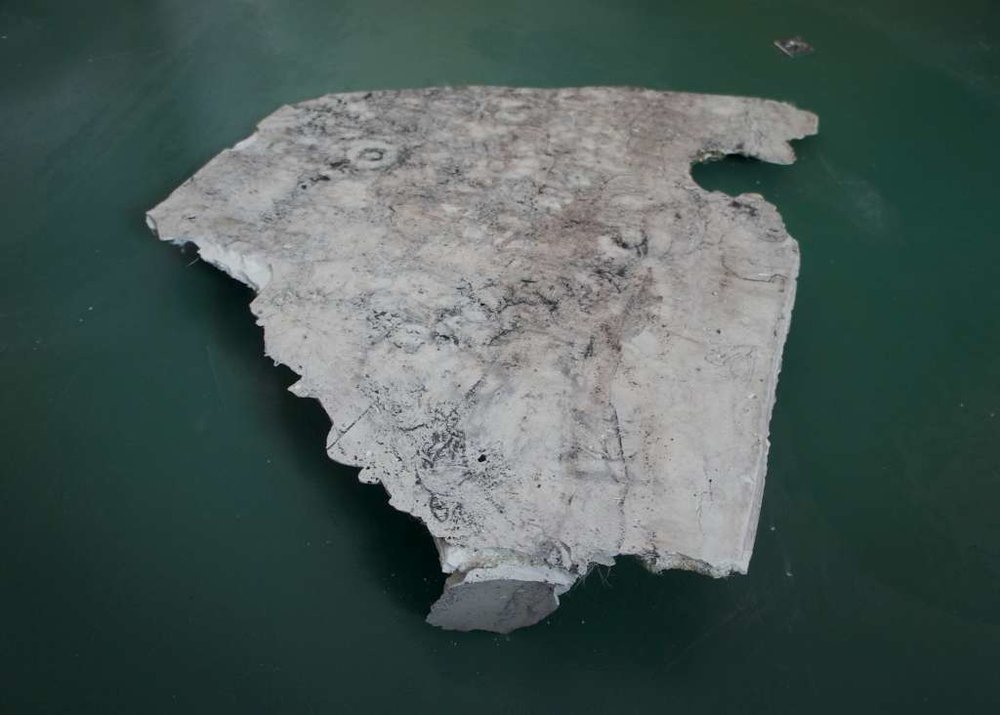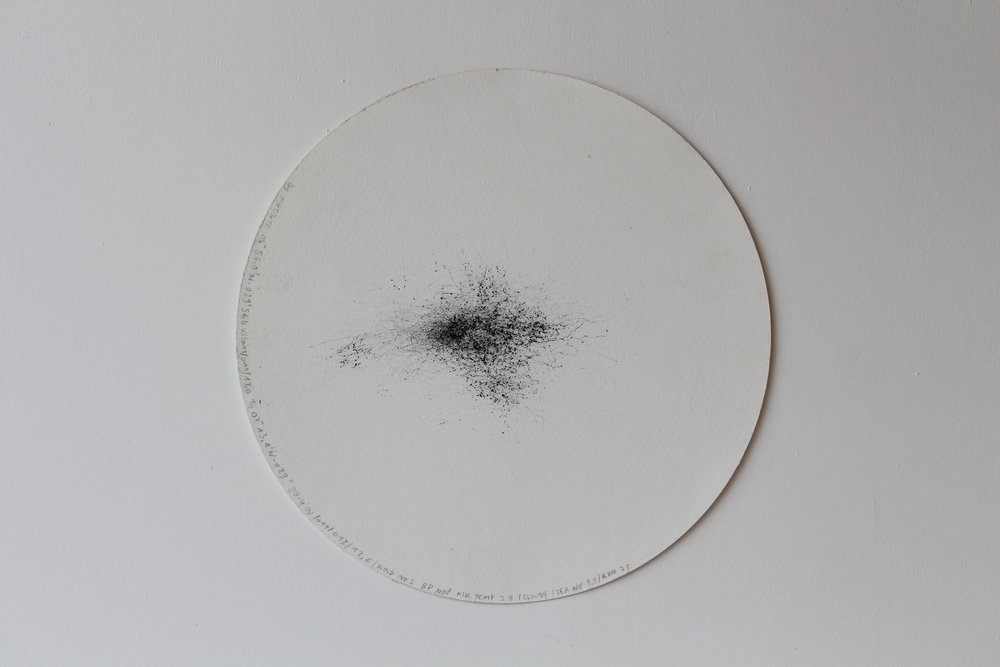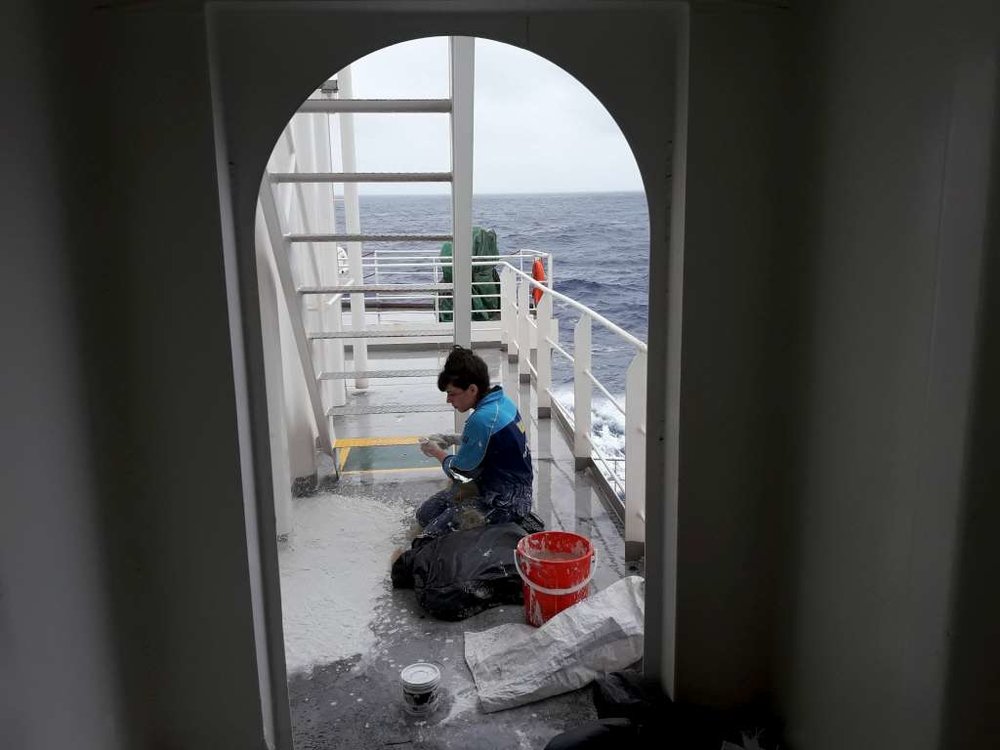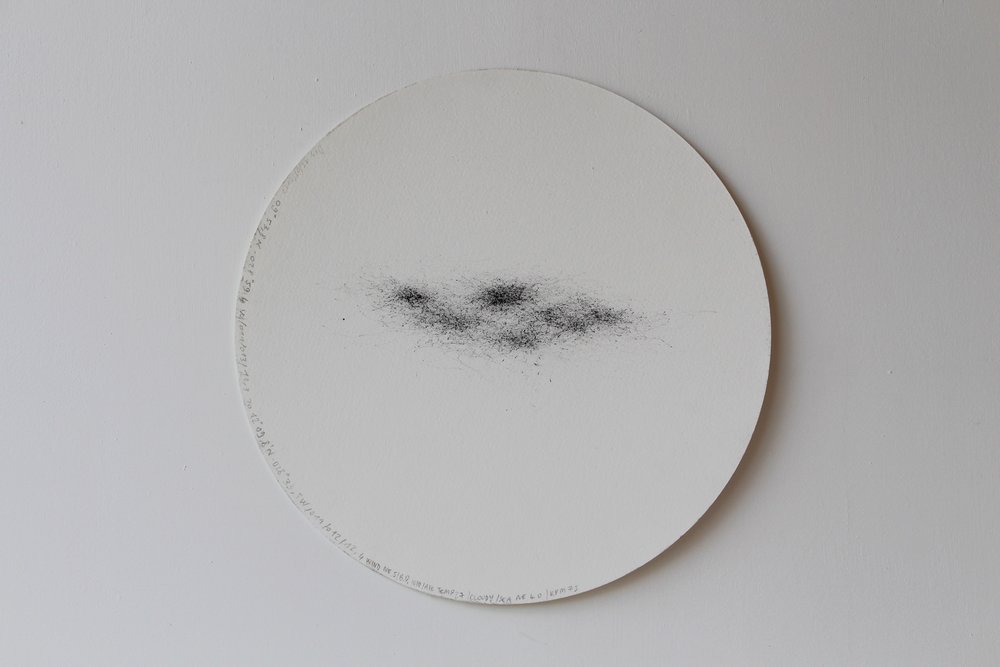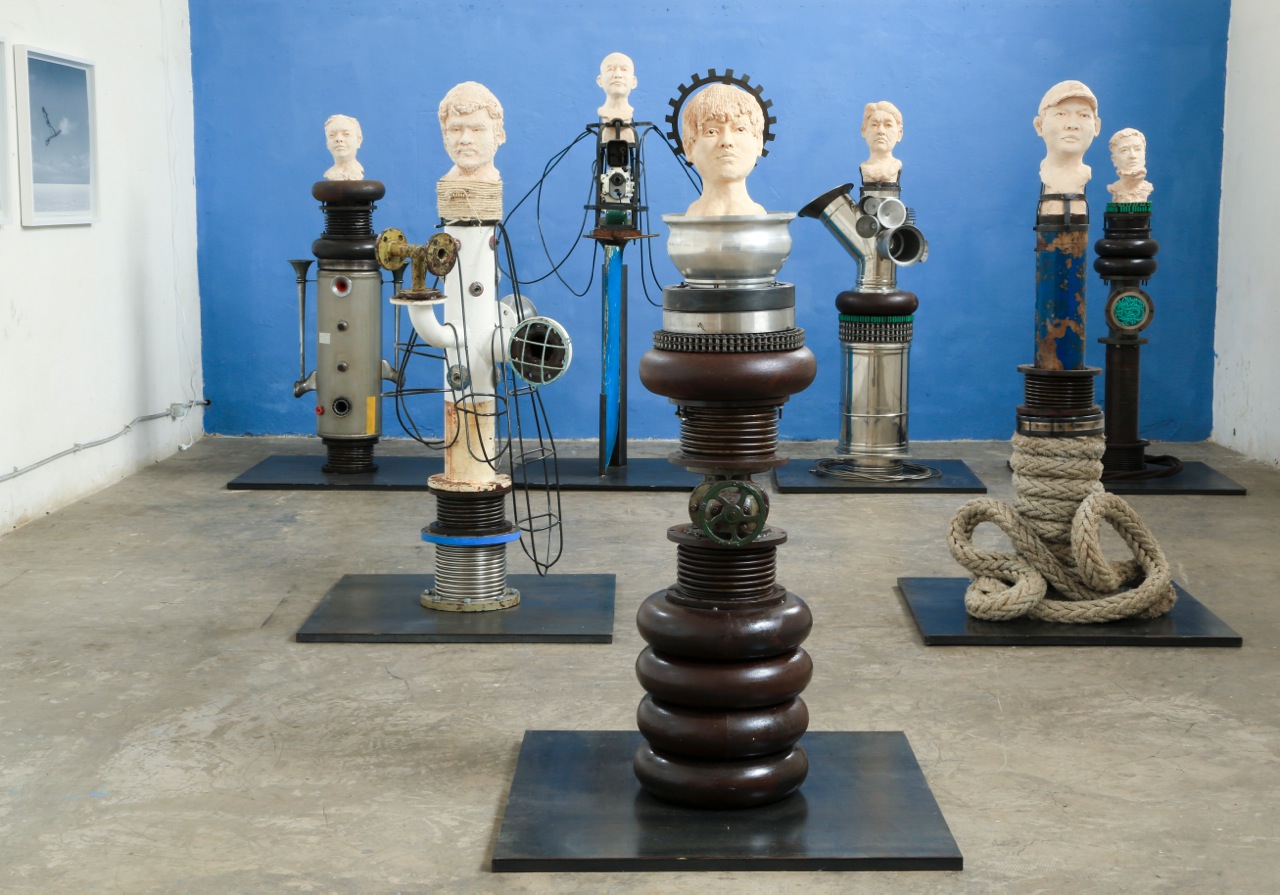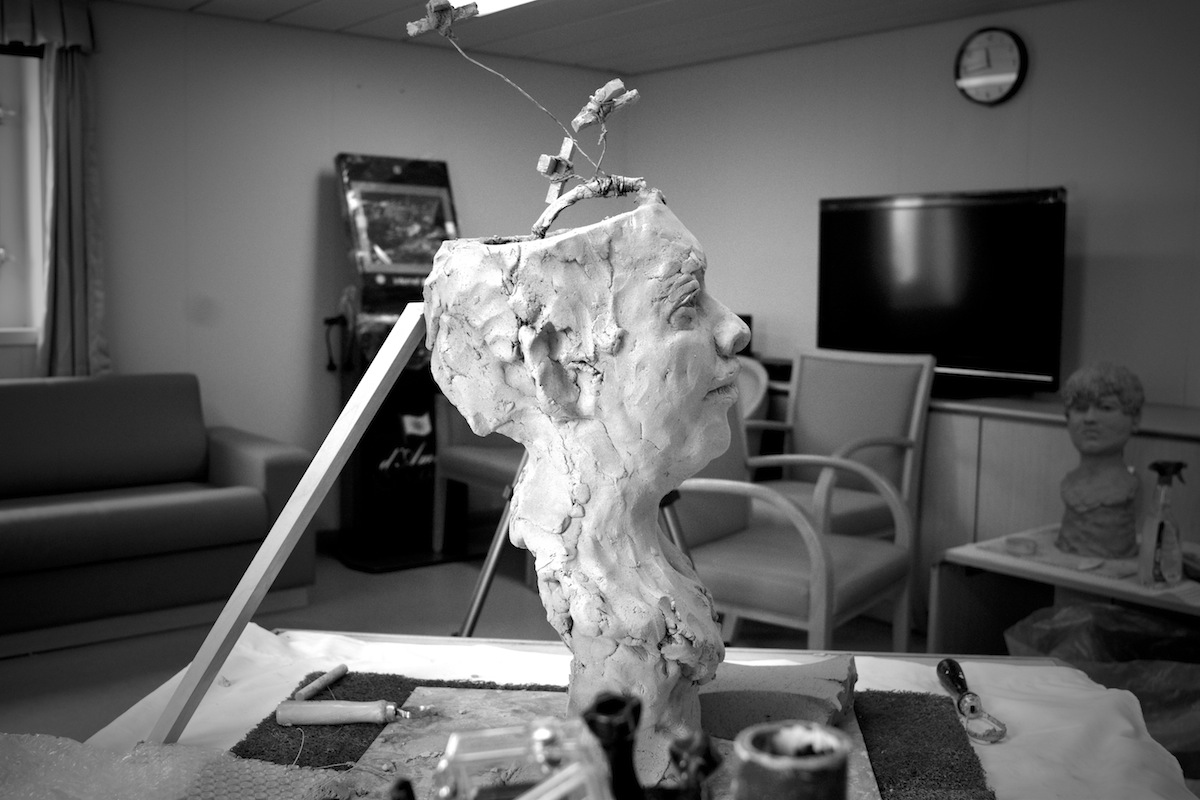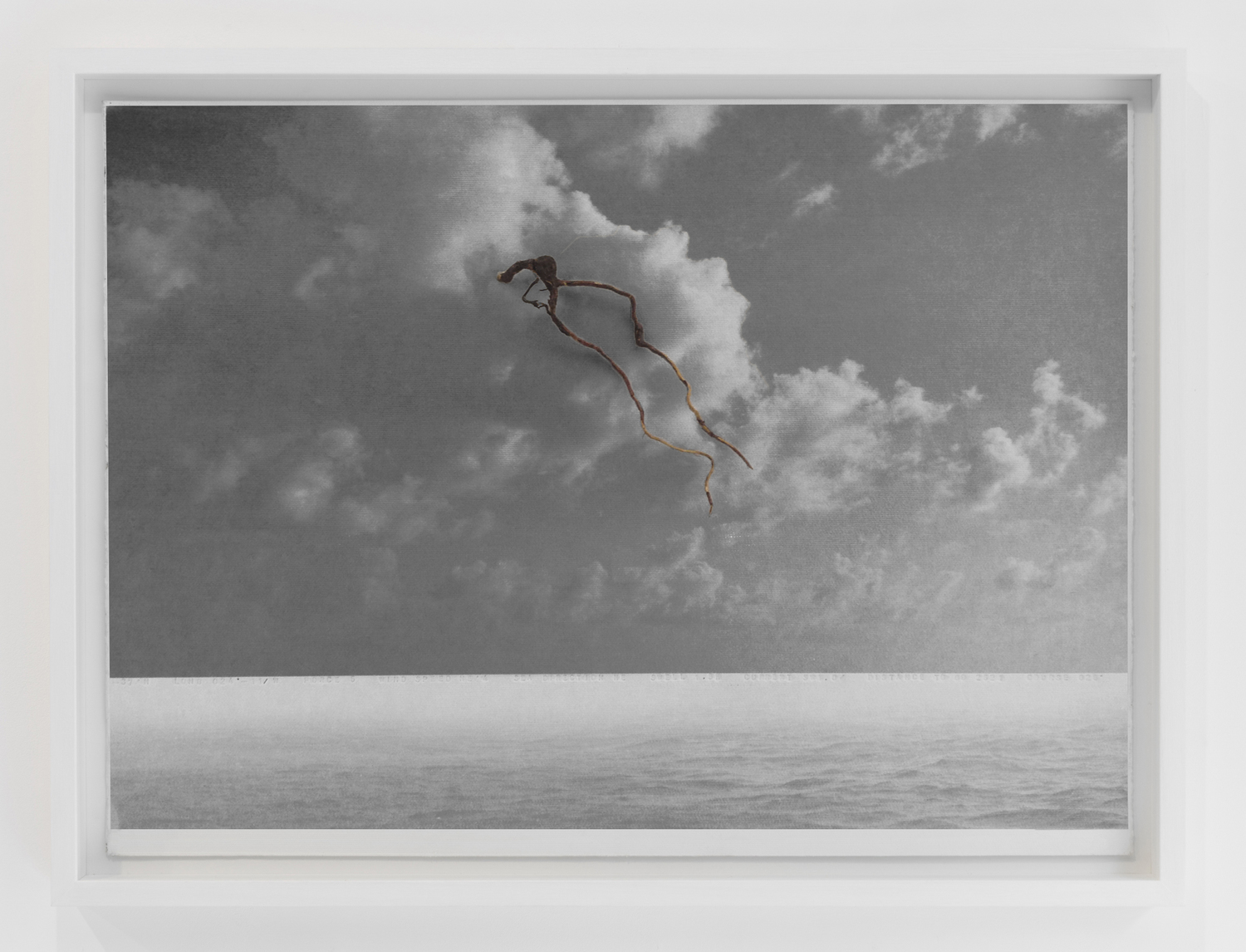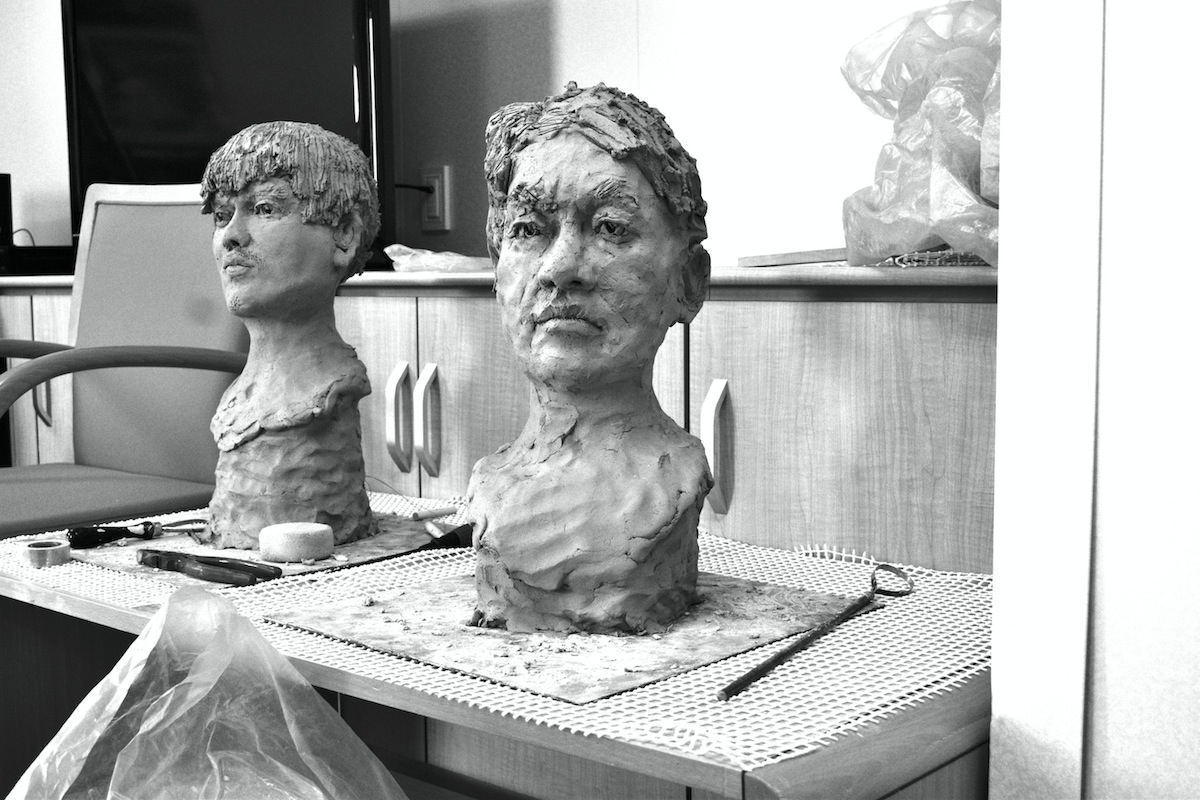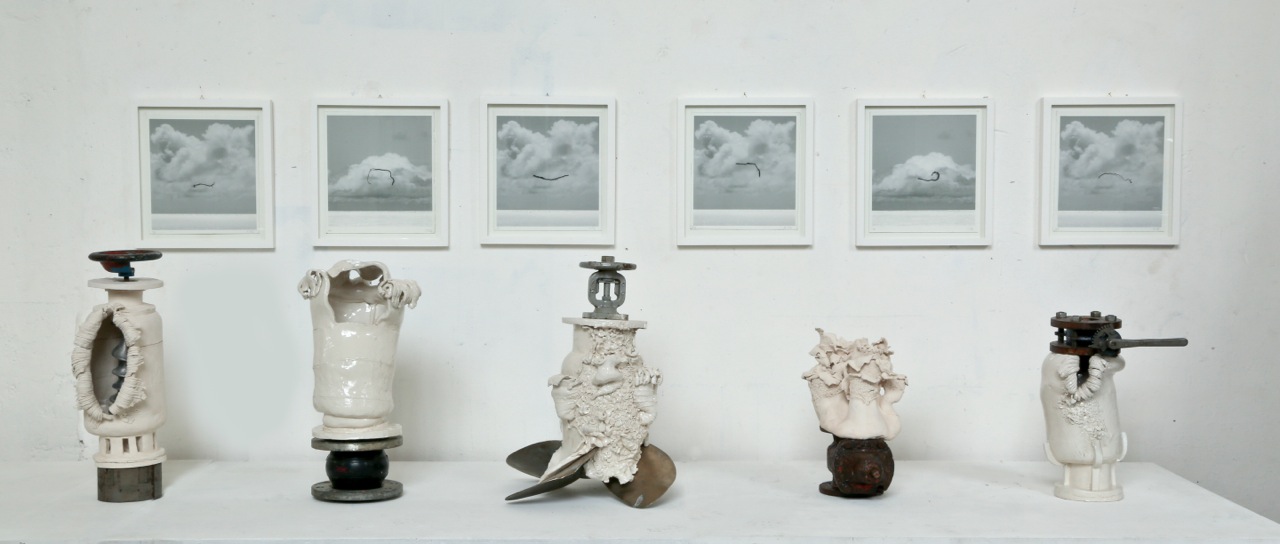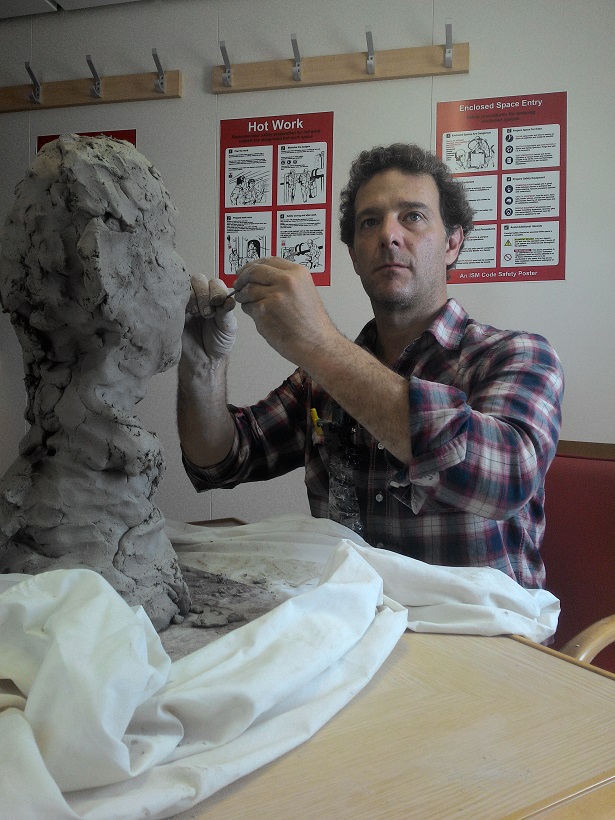Nick Goss
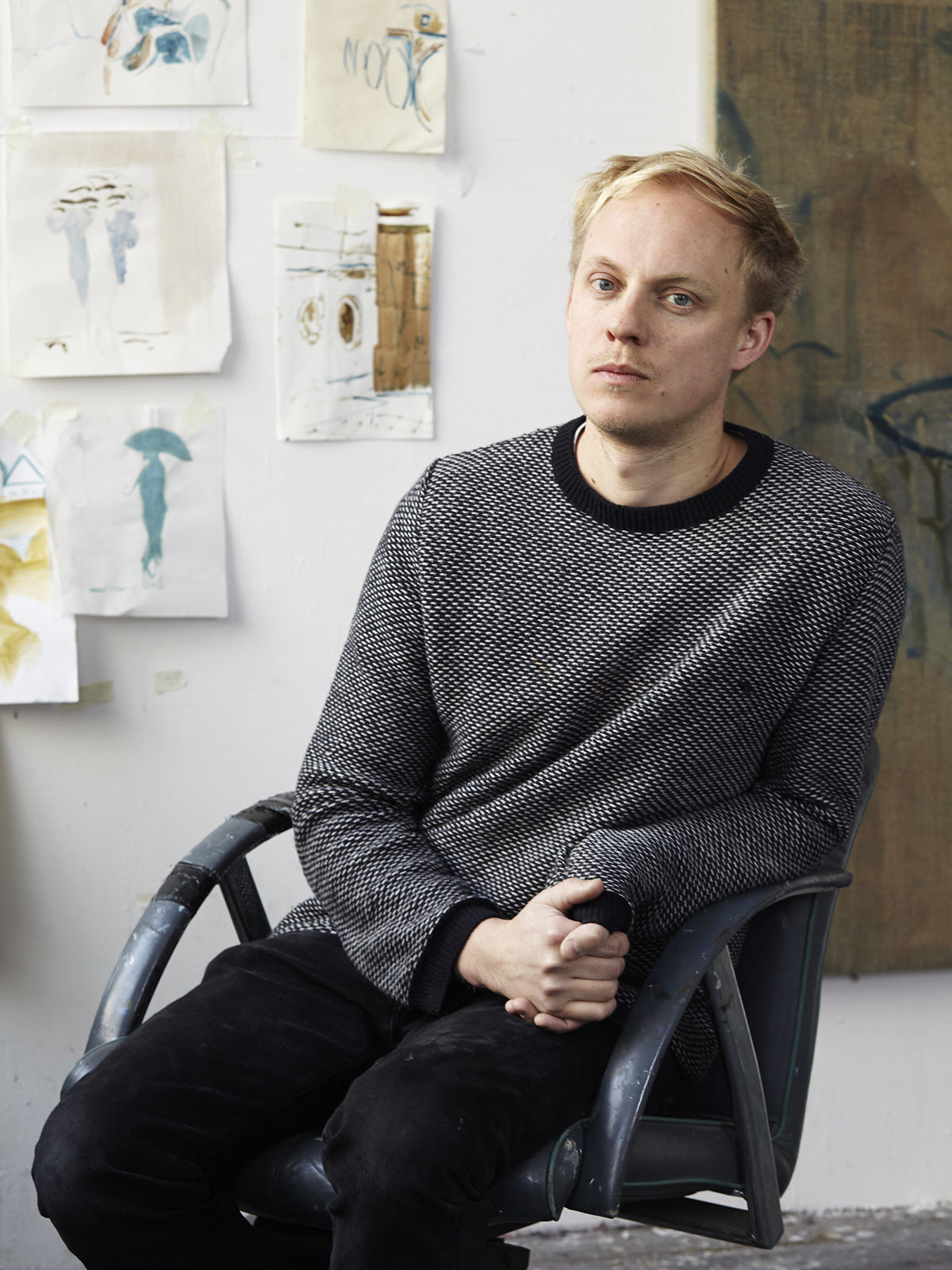
Through his work Nick Goss (b. 1981) reimagines his home city of London, transforming the cityscape and its interior spaces to explore themes of displacement, natural disaster and the psychology of place.
Water has shaped Goss’ paintings for years, with the artist often combining observations of everyday life in his South London urban surroundings with impressions of the Netherlands’ 1953 Zeeland flood, as recounted by his maternal grandmother, and JG Ballard’s pioneering work of climate fiction, The Drowned World.
He uses a collage-based approach that layers scavenged imagery drawn from personal memories, contemporary culture and historical events, collapsing time and space. Glimpses of the familiar reflect back at the viewer, rendering the city uncanny, warped and transformed. This complex layering of form and space suggests multiple points of entry, but never reveals anything completely. Instead, oscillating between past and present, the real and the imagined, a sense of awe and unease permeates his canvases, the viewer sliding between the two extremes with a fluidity that matches the watery scenes that he so often creates.
